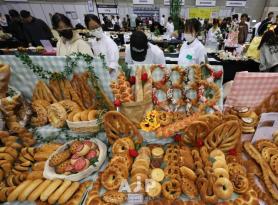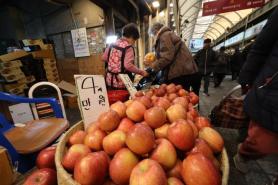
SEOUL, July 28 (AJP) - The share of small business owners in South Korea continues to shrink despite an uptick in government support.
According to the latest figures from Statistics Korea, small business owners made up just 19.4 percent of all employed individuals as of the end of June, or 5.64 million people — a drop of 0.3 percentage points from January and 1.2 points from a year earlier.
The decline marks a continuation of a long-term slide, falling below the 20 percent threshold for the first time in 61 years in 2023. In 2020, the figure stood at 20.6 percent.
The trend, driven largely by a record number of business closures, has raised concerns about broader labor market implications. Data from the National Tax Service show that more than 1 million small business owners filed for closure in 2023 — the highest figure on record.
Analysts say demographic decline, the rise of online platforms, and the 52-hour workweek are fundamentally changing the business environment, adding the continued drop in small business ownership could negatively impact the broader labor market.
The South Korean government has expanded financial backing for small businesses in recent years, positioning them as key to job creation and social mobility.
The budget for the Ministry of SMEs and Startups increased from 13.5 trillion won in 2023 to 15.2 trillion won (approximately $11 billion) this year, with direct support for microbusinesses rising to 5.4 trillion won in 2025.
But experts argue that subsidies alone are not enough to reverse the downward trajectory.
Particular concern centers around oversaturated service sectors such as restaurants, cafes and snack bars, where low entry barriers obscure high closure rates.
According to data from the National Tax Statistics Portal, the average three-year survival rate for the 100 most common consumer-facing businesses was just 53.8 percent as of 2023.
Survival rates were even lower for specific categories: 46.6 percent for snack shops, 46.8 percent for chicken and pizza restaurants, and 53.2 percent for coffee and beverage outlets.
Analysts say the current support framework doesn’t address the structural weaknesses in South Korea’s small business ecosystem. The government is now being urged to move beyond subsidies and look at measures like restricting entry into already saturated markets.
Policy analysts and trade groups have called for a multi-pronged approach that includes: regulating market entry in overcrowded sectors, providing training and exit support for struggling business owners, offering data-driven insights into viable industries, and strengthening oversight and alignment in the franchise sector.
Copyright ⓒ Aju Press All rights reserved.



